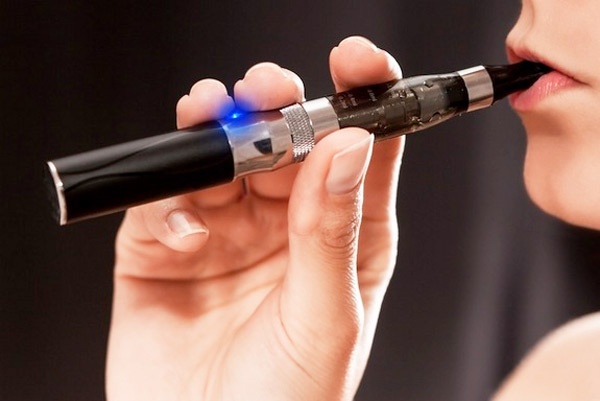 Electronic cigarettes were designed overseas as a tool to help smokers kick the habit. US health experts say these days E-Cigs, as they’re called, are more often in the hands of teens. In fact, the Center for Disease Control said E-Cigarette use is way up. Thirteen percent of all high school students use them now, as compared to just four percent in 2013.
Electronic cigarettes were designed overseas as a tool to help smokers kick the habit. US health experts say these days E-Cigs, as they’re called, are more often in the hands of teens. In fact, the Center for Disease Control said E-Cigarette use is way up. Thirteen percent of all high school students use them now, as compared to just four percent in 2013.
There’s plenty of scientific evidence about the dangers of smoking tobacco but nothing conclusive about E-Cigarette aerosol or vaping. Professor of Medicine at the University of Miami Miller School of Medicine, Matthias Salathe, MD said, “Instead of tobacco, now you’re inhaling this fluid with nicotine.”
Researchers at the University of Miami are using a smoking robot to test the impact vaping may have on the airways to the lungs.
Inside his high-tech lab, specially designed E-Cigarettes are put to the test. The robot is designed to take one puff every minute. The vapor goes into a tube, it’s diluted with air and then blown over cells from the lining of a human airway.
Dr. Salathe told Ivanhoe, “Some preliminary data that we have suggests there are changes occurring.”
Researchers are also using this set-up, without the nicotine additive, to test lung cells exposed to just the vapor. It’s formed by heating two liquids: propylene glycol, an organic liquid with a sweet taste, and glycerine, a substance found in cooking oil.
“Just because these fluids are safe to put on your skin or to drink them, they’re not necessarily safe to inhale into the lungs,” explained Dr. Salathe.
This researcher, and his robot, may soon have a clear picture.
Dr. Salathe says the contents of E-Cigarettes are varied, because unlike other nicotine products, E-Cigarettes are not regulated by the FDA. Data from the study could be used to determine whether the cigarettes should be regulated.
Contributors to this news report include: Cyndy McGrath, Supervising Producer & Field Producer; Christine Rifkin, News Assistant; Brent Sucher, Editor and Jamison Koczan, Videographer.